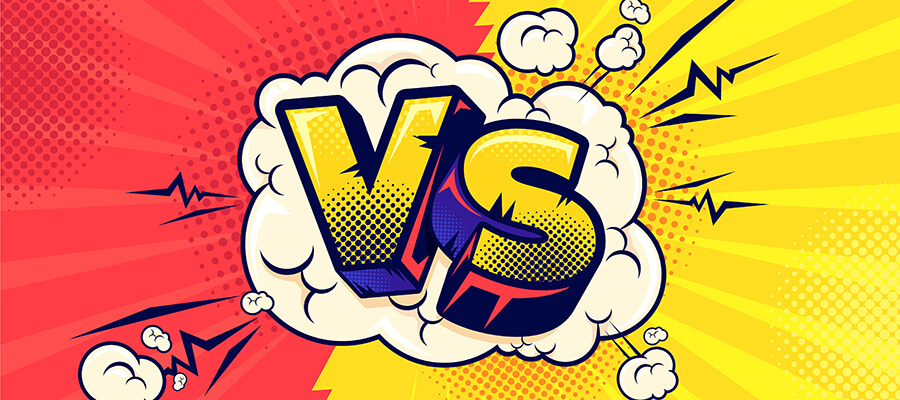What’s the difference between vector and bitmap images?
Here we tell you the difference between vector and bitmap images and what they are used for
What’s the difference between vector and bitmap images? Raster Graphics (commonly called bitmap images) are made of pixels. Each pixel is actually a very small square that is assigned a colour when photographed or scanned. Each pixel makes up the image as a series of share dots. When you zoom in on a bitmap image you can see the individual pixels that make up that image. They have a fixed resolution and cannot be resized larger without losing quality.
Common bitmap file formats are .jpg .gif .png .tiff .psd and .bmp
Often bitmap images have much larger file sizes than vector graphics. They are often compressed to reduce their size and therefore lose further clarity. Bitmap images can be converted from one format to another with programs such as Photoshop. A .jpeg can be saved to a .tiff or .jpeg to a .psd or .png (see link below).
Vector graphics or vector images are images that have been created in vector drawing programs such as Corel or Illustrator. The paths and shapes created are processed mathematically. Vector art is resolution independent whatever size you enlarge the image, the output quality is never compromised. This is why logos and line illustrations should always be created in vector art format.
Common vector art file formats include .ai .eps and .pdf
Understanding raster images and vector graphics is important. Choosing which style to use could end costs far more than expected along with the printed result not being as expected. Without exception, logos should always be created in vector art format because as we have said it will be scalable — you are able to be enlarged them without any loss of quality, and you also have the option of making them into bitmap images.
Can I make my jpeg into vector art?
The simple answer is no. If your logo never was vector, or if the original art file has been lost. The only real alternative is to create the logo from scratch in a vector drawing program. It is possible to convert raster art into a vector with methods such as “live trace” in Adobe Illustrator, the results are usually less than satisfactory but occasionally it still surprises us.
Saving your logo to a different file format
It is a common misconception that saving a raster art file (such as a logo) to a vector art file format will somehow fix the problem. Pixel-based raster art will always be made out of pixels, regardless of what file format one saves the image in. If you have poor-quality images changing them to a different format will not help. Save a jpeg as a larger file is pointless and will make the image worse.
Is vector art always better?
Most marketing materials actually contain a combination of both raster and vector art formats. An understanding of the advantages & limitations of each format and the relationship between them is most likely to result in the efficient and effective use of tools.
Vector art is complementary, and not necessarily always “better” than raster art. A real photograph can’t be vector art, that would be an illustration. Bitmap formats are best for images that need to have a wide range of colour gradations, such as most photographs. Vector formats, on the other hand, are better for images that consist of a few areas of solid colour. Examples of images that are well suited for the vector format include logos and type.
With Adobes Creative Cloud you can now happily produce artwork in Photoshop knowing that type and images will maintain their quality. This of course has not always been the case. Only a few years ago you would have never created a business card in Photoshop the quality would have been quite poor. Technology moves forward and today you can produce print-ready artwork in Photoshop, edit images in Illustrator and produce websites in InDesign. Even Acrobat gets in the act. We would recommend that you use the correct application specifically designed for the job.
If you’re keen to invest in some new brand, printed materials or exhibition graphics remember that our team do offer a design service. We can develop eye-catching, fully scalable designs that will add to your brand, marketing or exhibition portfolio.



